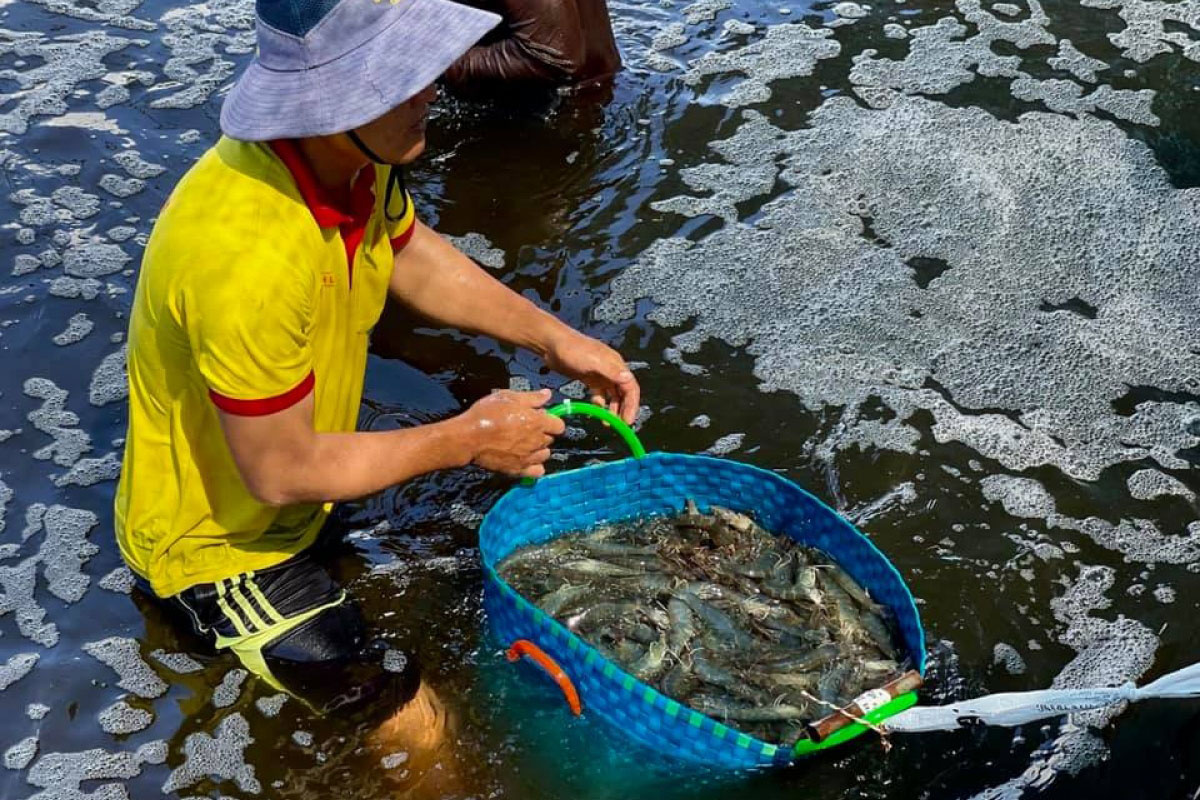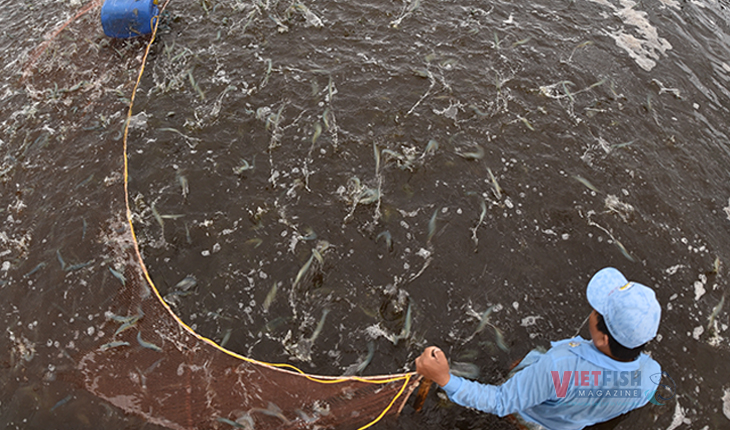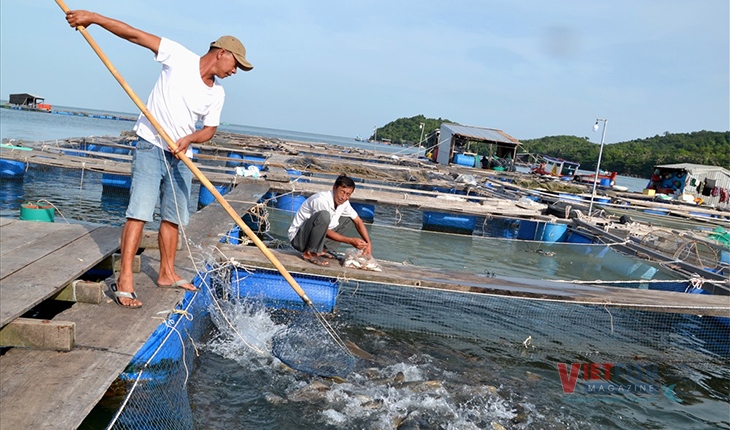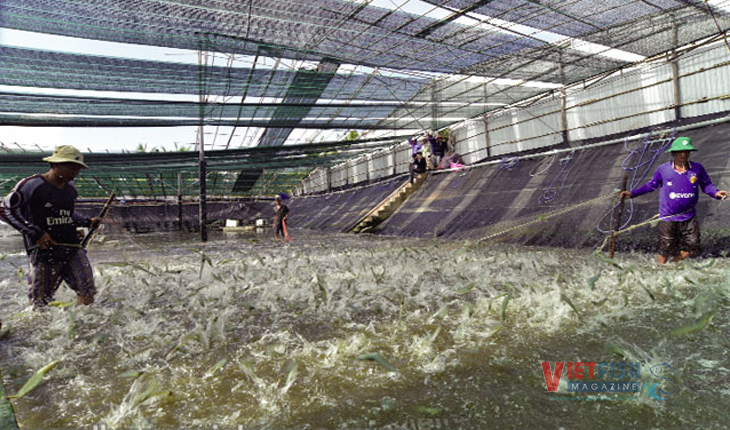Yên Bái: Carp culture in terraces
Mù Cang Chải (Yên Bái province) is a place of steep slope and fierce weather where rice is mainly cultivated in terraces and the fisheries industry is not developed due to lack of water surface.
Upon the need of food by upland families, carps have been cultured in terraces and become daily commodities. Farmers in Mù Cang Chải harvest either rice or carp at the same time.
Farmer Sùng A Chin in Hàng Cháng Lừ village of Khao Mang commune, has 1,400 m2 of field. He has been stocking local carps in combination with rice cultivation. He said: “Carp culture doesn’t require much. Clean water is important. Carps eat harmful insects and their excrement is good for rice cultivation”.
Meanwhile, organic fertilizers for rice are also a kind of feed for carps. Carps help kill some insects that are harmful to the rice. Carps are sold at 120-130 thousand dong/kg.
Nguyễn Đức Toàn, Secretary of the Communist Party of Khao Mang commune, shared that the commune is working with some institutes in Bắc Ninh to carry out some patrols to instruct local farmers with carp farming techniques so that carps can be reared all year round for sales and tourism”.
After years of farming carps in terraces, local farmers know how to prepare for fish fries.
After stocking carps, farmers don’t have to do much but take water into the terraces to the height of 5-10cm so that rice and carps can grow together. They may rear some baby ducks to erase insects in about 20 days. It takes carps three months to weigh up in terraces.
Fifteen days before harvest of rice, farmers take water out of the terraces so that rice will be perfectly ripe and terraces become dry for favorable harvest of carps. Carps reared in rice terraces are firmly and tasteful.
Households in Lao Chải, Khao Mang, and Hồ Bồn communes are cultivating Seng Cu rice in combination with carp farming on a nearly 500ha terrace, 400-450 kg/ha produced. Paddy is sold at 14,000 dong/kg while rice is sold at 22,000 dong/kg.
VFM






